
Scotland is a country that is part of the United Kingdom. Occupying the northern third of the island of Great Britain, it shares a border with England to the south and is bounded by the North Sea to the east, the Atlantic Ocean to the north and west, and the North Channel and Irish Sea to the southwest. In addition to the mainland, Scotland includes over 790 islands including the Northern Isles and the Hebrides.

Skara Brae, a neolithic settlement, located in the Bay of Skaill, Orkney
Edinburgh, the country's capital and second largest city, is one of Europe's largest financial centres. Edinburgh was the hub of the Scottish Enlightenment of the 18th century, which transformed Scotland into one of the commercial, intellectual and industrial powerhouses of Europe.
Parliament House, in Edinburgh, is the home of the Court of Session
Glasgow, Scotland's largest city, was once one of the world's leading industrial cities and now lies at the centre of the Greater Glasgow conurbation. Scottish waters consist of a large sector of the North Atlantic and the North Sea, containing the largest oil reserves in the European Union. This has given Aberdeen, the third largest city in Scotland, the title of Europe's oil capital.
A replica of the Pictish Hilton of Cadboll Stone
The Kingdom of Scotland emerged as an independent sovereign state in the Early Middle Ages and continued to exist until 1707, although it had been in a personal union with the kingdoms of England and Ireland since James VI of Scotland succeeded to the English and Irish thrones in 1603.

Glasgow City Chambers viewed from George Square
On 1 May 1707, Scotland entered into an incorporating political union with England to create the united Kingdom of Great Britain. This union resulted from the Treaty of Union agreed in 1706 and enacted by the twin Acts of Union passed by the Parliaments of both countries, despite widespread protest across Scotland. Scotland's legal system continues to be separate from those of England and Wales and Northern Ireland, and Scotland constitutes a distinct jurisdiction in public and in private law.

The Wallace Monument commemorates William Wallace, the 13th-century Scottish hero
The continued existence of legal, educational and religious institutions distinct from those in the remainder of the UK have all contributed to the continuation of Scottish culture and national identity since the Union.

The debating chamber of the Scottish Parliament Building
In 1999, a devolved legislature, the Scottish Parliament, was founded with authority over many areas of home affairs following a successful referendum in 1997. In 2011 the SNP won an overall majority in the parliament and intend to hold a referendum on independence from the United Kingdom sometime in the current parliamentary term.



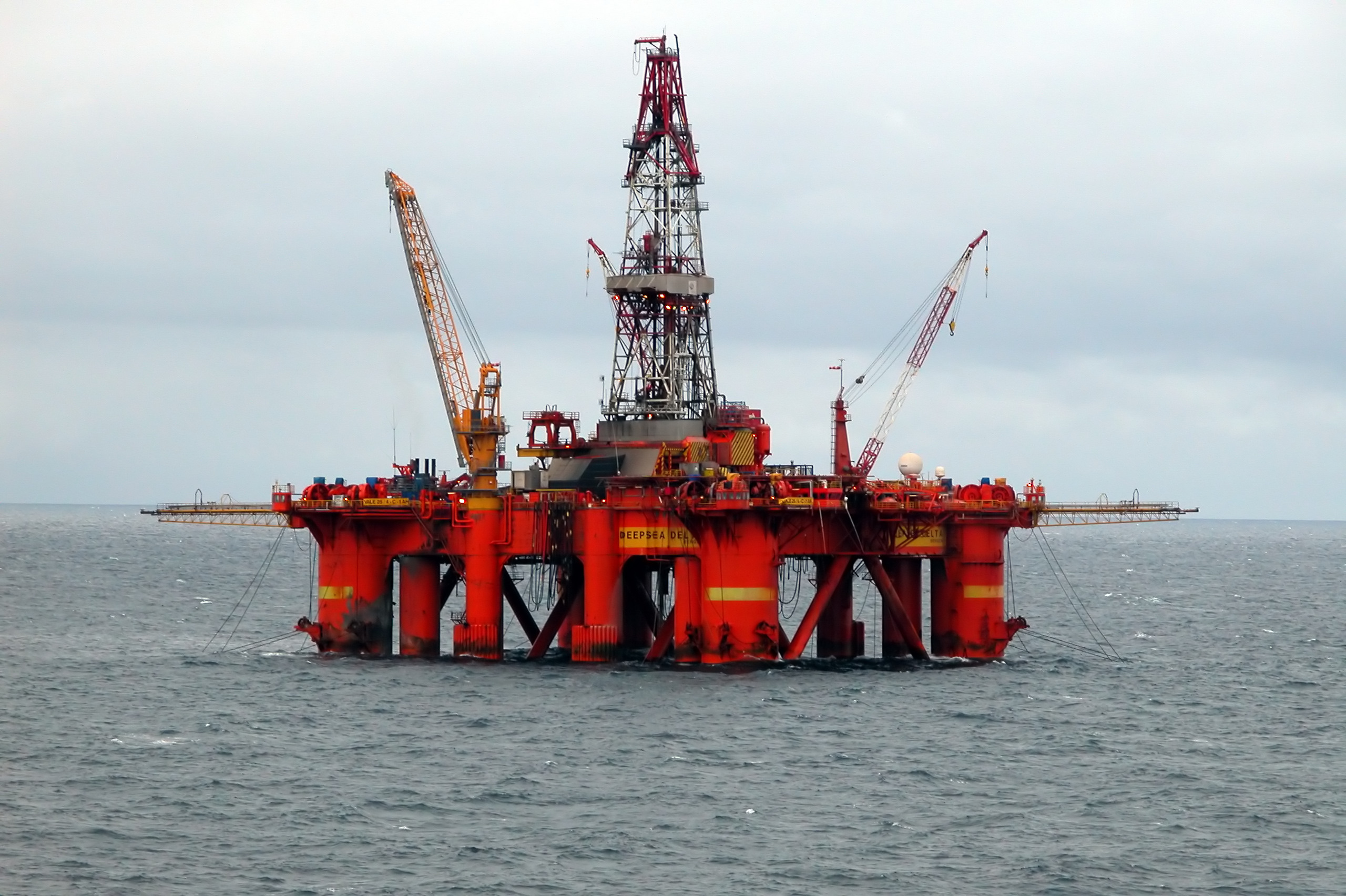
A drilling rig located in the North Sea
Pacific Quay on the River Clyde, an example of the regeneration of Glasgow and the diversifying Scottish economy
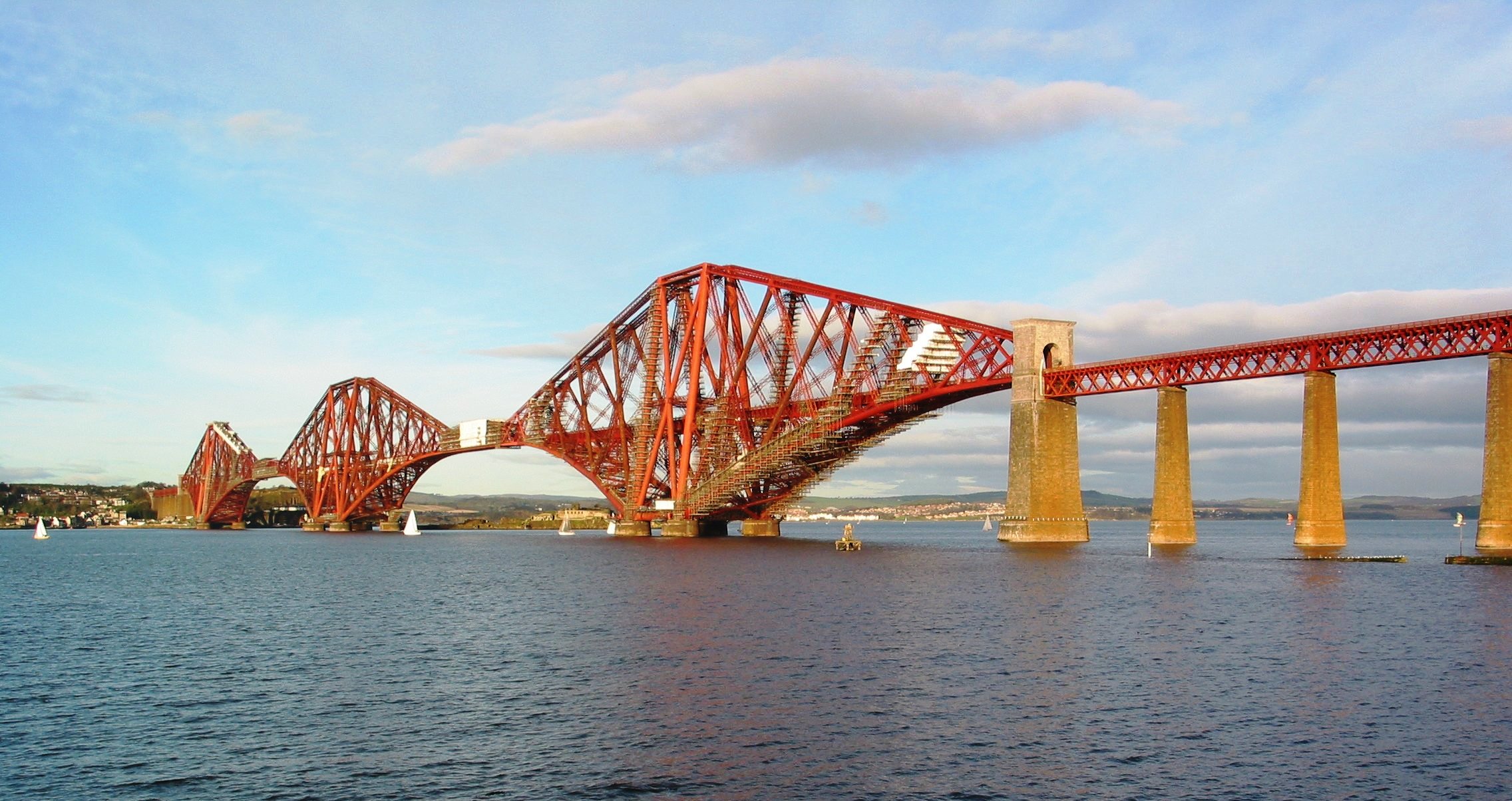
Forth Bridge

Gilbert Scott Building, University of Glasgow

Iona Abbey an early centre of Scottish Christianity

Soldiers of the five regular battalions of the Royal Regiment of Scotland
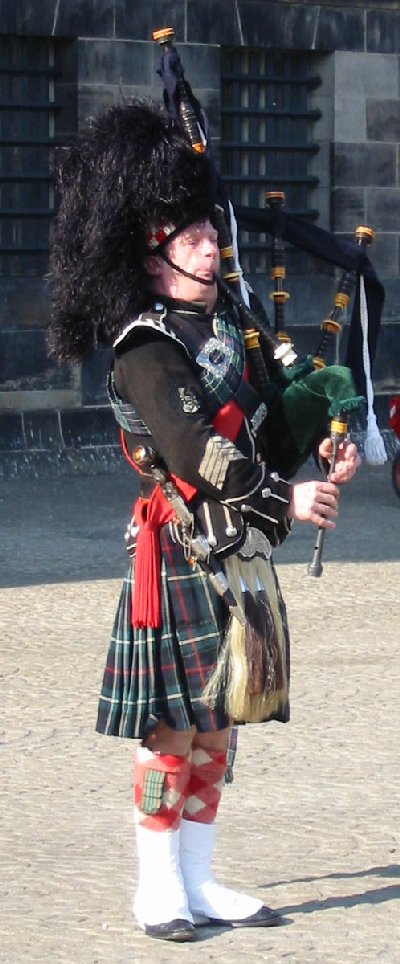
A Pipe Major playing the Great Highland Bagpipe
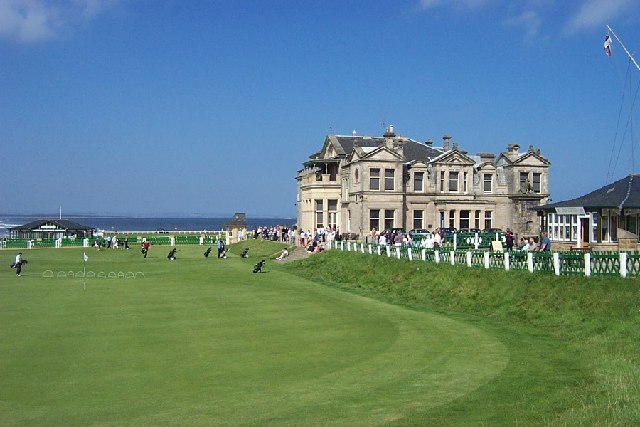
The Old Course at St Andrews

Isle of Skye

Armadale

Armadale castle and gardens

Bronze otter sculpture by Laurence Broderick in the gardens of Armadale Castle

Northern Constabulary Pipe Band at Portree Isle of Skye Scotland
Dunnottar Castle
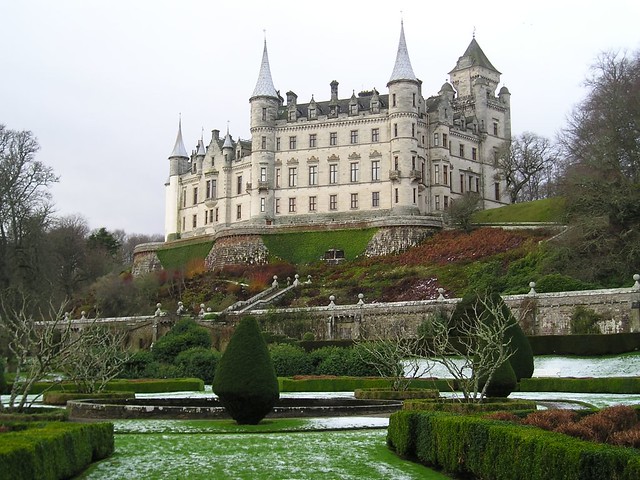
Dunrobin castle

Stoer Point
Edinburgh, Scotland's capital and second-largest city
 01:47
01:47
 homesweethome
homesweethome


 Posted in:
Posted in: 








0 意見:
Post a Comment